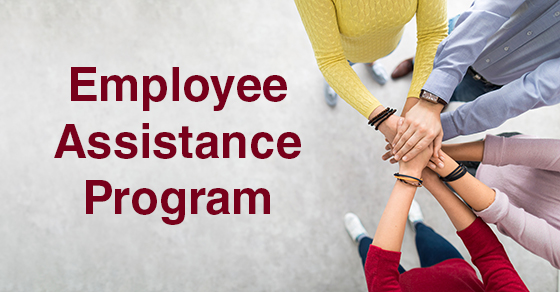4 ways to Encourage Use of an Employee Assistance Program
Unfortunately, it’s not uncommon for good employees to battle personal problems, such as substance dependence, financial or legal woes, or mental health issues. These struggles can negatively affect their productivity and the working environment around them.
Employers can help by offering an employee assistance program (EAP). An EAP helps assist at-risk employees in finding the professional help they need. An employee who enrolls in the EAP may, for example, immediately be put in touch with a counselor or social worker.
A common problem faced by many employers who establish an EAP is lack of participation. Whether because of lack of awareness of the program or the stigmas attached to certain personal issues, employees often don’t actively pursue enrollment. Here are four ways to encourage use:
1. Put it in writing — everywhere. Update educational materials, both electronic and print, to highlight EAP services and the issues they address. Use bold graphics and clear, easy-to-read text. Don’t limit a description of your EAP to your employee handbook. Mention it regularly in other employee communications, such as benefits materials and your company newsletter.
2. Offer electronic entry points. Maximize the use of online technology so employees can discreetly gather information and understanding of both what your EAP offers and their personal challenges. You might, for example, add an interactive self-assessment tool to your website that helps users gauge their level of stress, other mood issues, and excessive use of alcohol or other drugs.
3. Go public. To the extent that it’s appropriate and feasible, open up topics to face-to-face discussion. Doing so can help minimize the shame and misunderstandings that may accompany certain forms of struggle. For example, offer brown bag lunch-’n-learn events with presentations on topics such as time management, overcoming financial challenges and stress management.
4. Be comprehensive. Put all your work-life balance initiatives under the EAP umbrella. Many employees are more comfortable starting slow rather than leaping immediately into a behavioral health-related service. Use work-life balance as an introductory step, where appropriate counseling on depression, anxiety and other issues may eventually come into play.
These are just a few ways to take the mystery out of your EAP and make it more effective. Doing so can help you retain good employees and maximize productivity. Let us know if you’d like more information or other ideas.
© 2018




